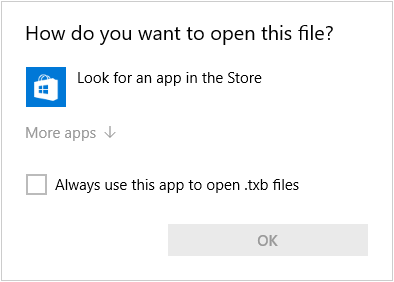myMail is a popular (10M+ downloads!) alternative email client for mobile devices. Available for iOS and Android, it is a powerful email client compatible with most of the mail providers (POP3/IMAP, Gmail, Yahoo!, Outlook, and even ActiveSync). Recently, I was involved in an incident that was related to a malicious






